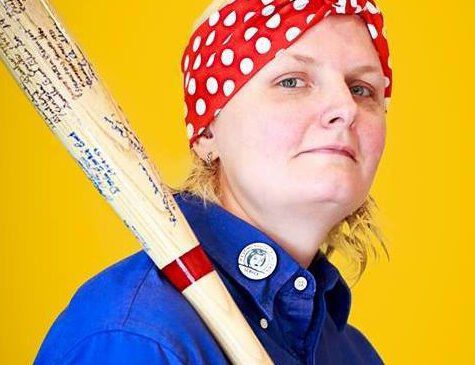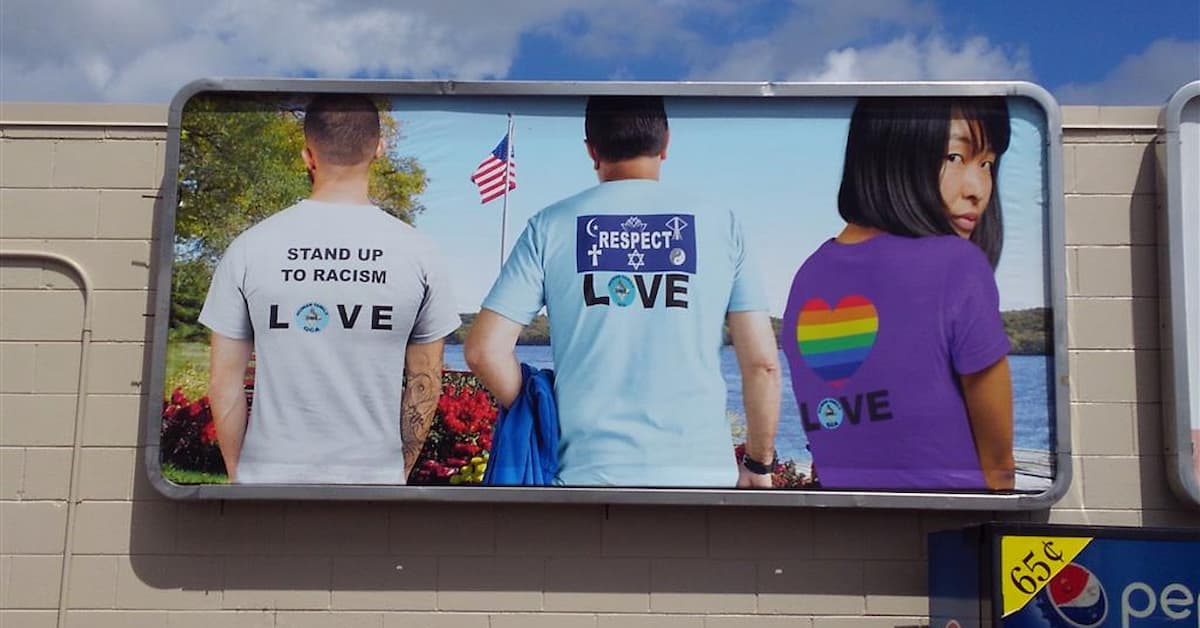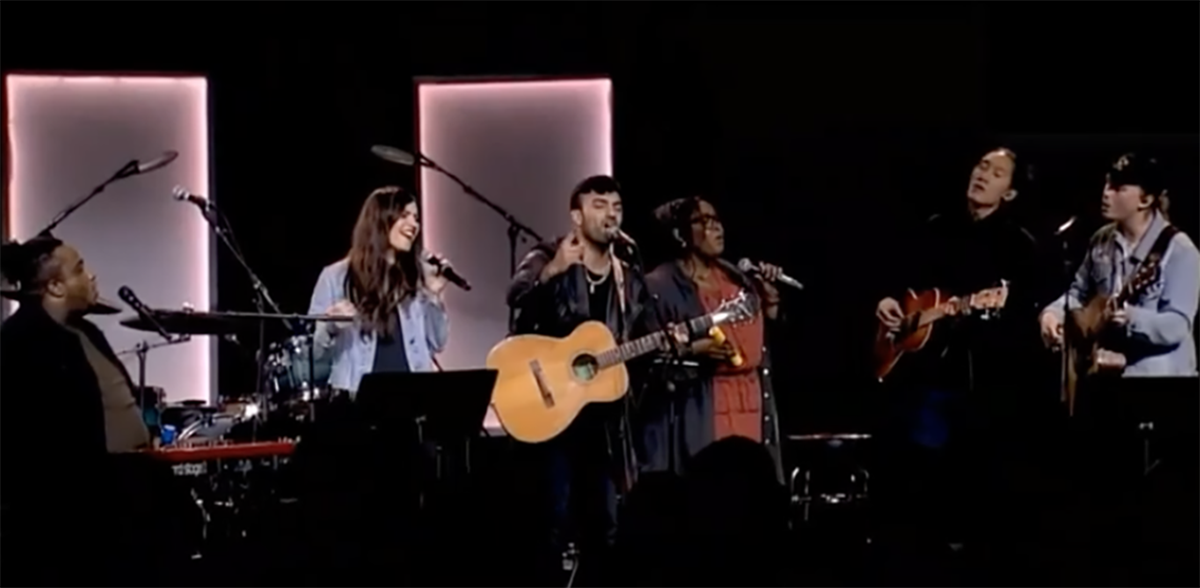In no other sport are elite athletes told to switch sports due to their perceived gender. It’s comparable to a top tennis player being told to switch to racquetball.
This brings us to the Women’s Baseball World Cup, founded in 2004, held every two years, and featuring 12 countries competing for gold.
Florida hosted this event in August 2018. It is considered THE international women’s baseball event. Yet, almost no one here knew about it, or cared. None of the games were covered by sports television channels. None of the sports radio and television programs spent a minute talking about the tournament.
This is about stubborn sexism – and also leaves the United States lagging behind in women’s baseball while other countries excel.
Baseball for All estimates in the United States, the number of girls playing baseball drops from 100,000 a year in childhood, to 1,000 by high school. USA Baseball, which funds Major League Baseball, fields eight different teams for boys and men ages 12 and up to develop their skills. By contrast, it fields only one team for women.
For the past decade, Japan has dominated the World Cup of Women’s Baseball, with six consecutive gold medals. Japan’s team hasn’t even lost a single game in World Cup competition since 2010. Girls and women can play baseball at the high school, college, and professional level. Australia is also starting a professional women’s baseball league.
Here in the United States, our competing teams at the World Cup played together for only about two weeks prior to competing. Many of the players are recruited by USA Baseball from successful college softball players. Many of these recruits have never played baseball before they tried out.
Is it any wonder we’re no longer competitive?
There’s a deeper history about why girls and women in the United States play softball instead of baseball. In 1974, Little League Baseball lost a lawsuit filed by a little girl’s family. Little League Baseball spent $2 million on the lawsuit, which contended that girls hit in the chest with a baseball were more likely to develop breast cancer.
That same year, Little League created Little League Softball, and began to direct girls into softball instead of baseball. Nowadays, it’s taken for granted that after Little League, girls must switch to softball. They’re told, ‘The boys are getting bigger; it’s dangerous.” Or that scholarship opportunities are greater for them in softball.
All of this may hint at an even deeper, darker trend: rendering women athletes invisible. In a 15-year study, Dr. Michael Messner of the University of Southern California foundthat media coverage of women’s sports hasn’t increased at all – even though the percentage of girls and women in sports has skyrocketed since the passage of Title IX more than 40 years ago.
For now, we’re homing in on baseball. It is America’s game – yet still, mostly a game only for boys and men. It’s time to join the rest of the world and make professional baseball accessible to women.
These athletes deserve better, and so do fans.











